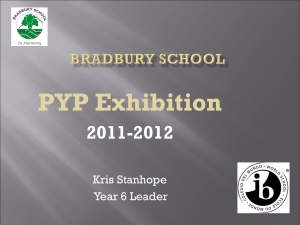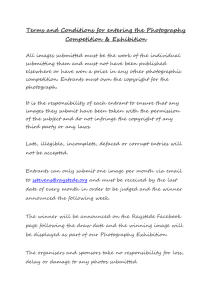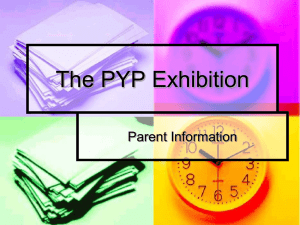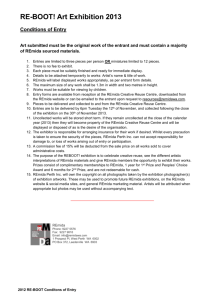David Simonelli
advertisement
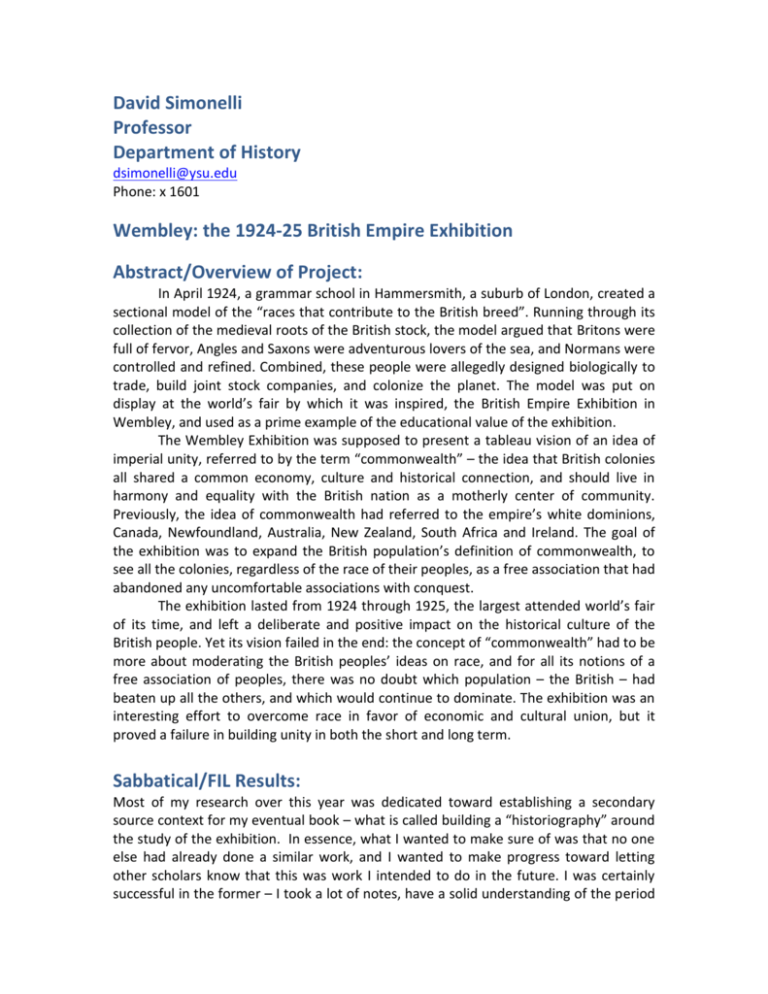
David Simonelli Professor Department of History dsimonelli@ysu.edu Phone: x 1601 Wembley: the 1924-25 British Empire Exhibition Abstract/Overview of Project: In April 1924, a grammar school in Hammersmith, a suburb of London, created a sectional model of the “races that contribute to the British breed”. Running through its collection of the medieval roots of the British stock, the model argued that Britons were full of fervor, Angles and Saxons were adventurous lovers of the sea, and Normans were controlled and refined. Combined, these people were allegedly designed biologically to trade, build joint stock companies, and colonize the planet. The model was put on display at the world’s fair by which it was inspired, the British Empire Exhibition in Wembley, and used as a prime example of the educational value of the exhibition. The Wembley Exhibition was supposed to present a tableau vision of an idea of imperial unity, referred to by the term “commonwealth” – the idea that British colonies all shared a common economy, culture and historical connection, and should live in harmony and equality with the British nation as a motherly center of community. Previously, the idea of commonwealth had referred to the empire’s white dominions, Canada, Newfoundland, Australia, New Zealand, South Africa and Ireland. The goal of the exhibition was to expand the British population’s definition of commonwealth, to see all the colonies, regardless of the race of their peoples, as a free association that had abandoned any uncomfortable associations with conquest. The exhibition lasted from 1924 through 1925, the largest attended world’s fair of its time, and left a deliberate and positive impact on the historical culture of the British people. Yet its vision failed in the end: the concept of “commonwealth” had to be more about moderating the British peoples’ ideas on race, and for all its notions of a free association of peoples, there was no doubt which population – the British – had beaten up all the others, and which would continue to dominate. The exhibition was an interesting effort to overcome race in favor of economic and cultural union, but it proved a failure in building unity in both the short and long term. Sabbatical/FIL Results: Most of my research over this year was dedicated toward establishing a secondary source context for my eventual book – what is called building a “historiography” around the study of the exhibition. In essence, what I wanted to make sure of was that no one else had already done a similar work, and I wanted to make progress toward letting other scholars know that this was work I intended to do in the future. I was certainly successful in the former – I took a lot of notes, have a solid understanding of the period of the 1920s in the empire, took in both primary and secondary sources and know very well how people viewed the exhibition and its goals at the time. I read many academic journal articles (which is where the exhibition usually shows up in histories) and a lot of histories of the colonies themselves. As for primary sources, my concentration was on popular magazines in London, such as Punch, The Dial, Westminster Review and newspapers like the Illustrated London News. My intention is to put out a book sometime before 2024 – the hundredth anniversary of the exhibition – using the exhibition as a touchstone for delineating the relationship between Britain and its colonies in the interwar era.

